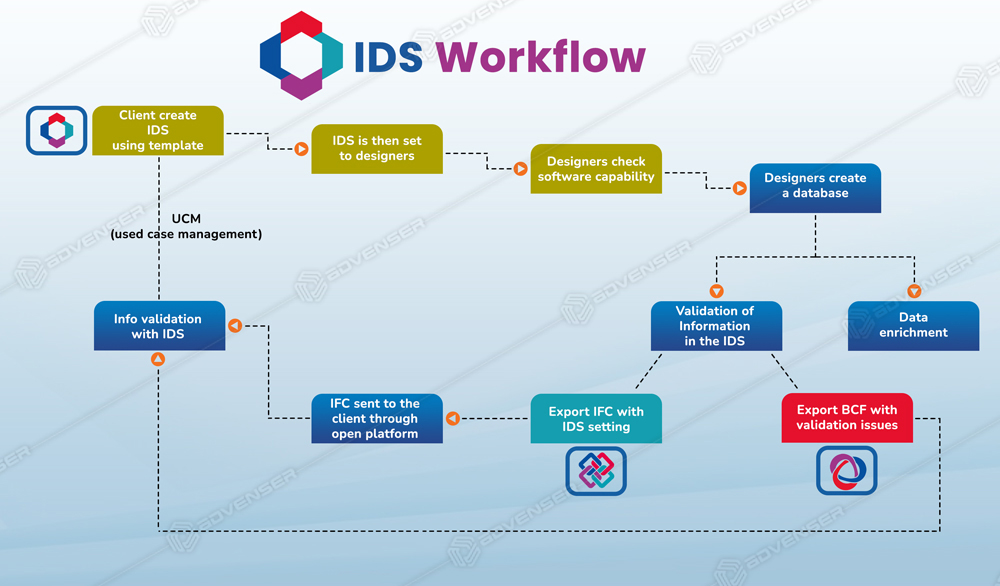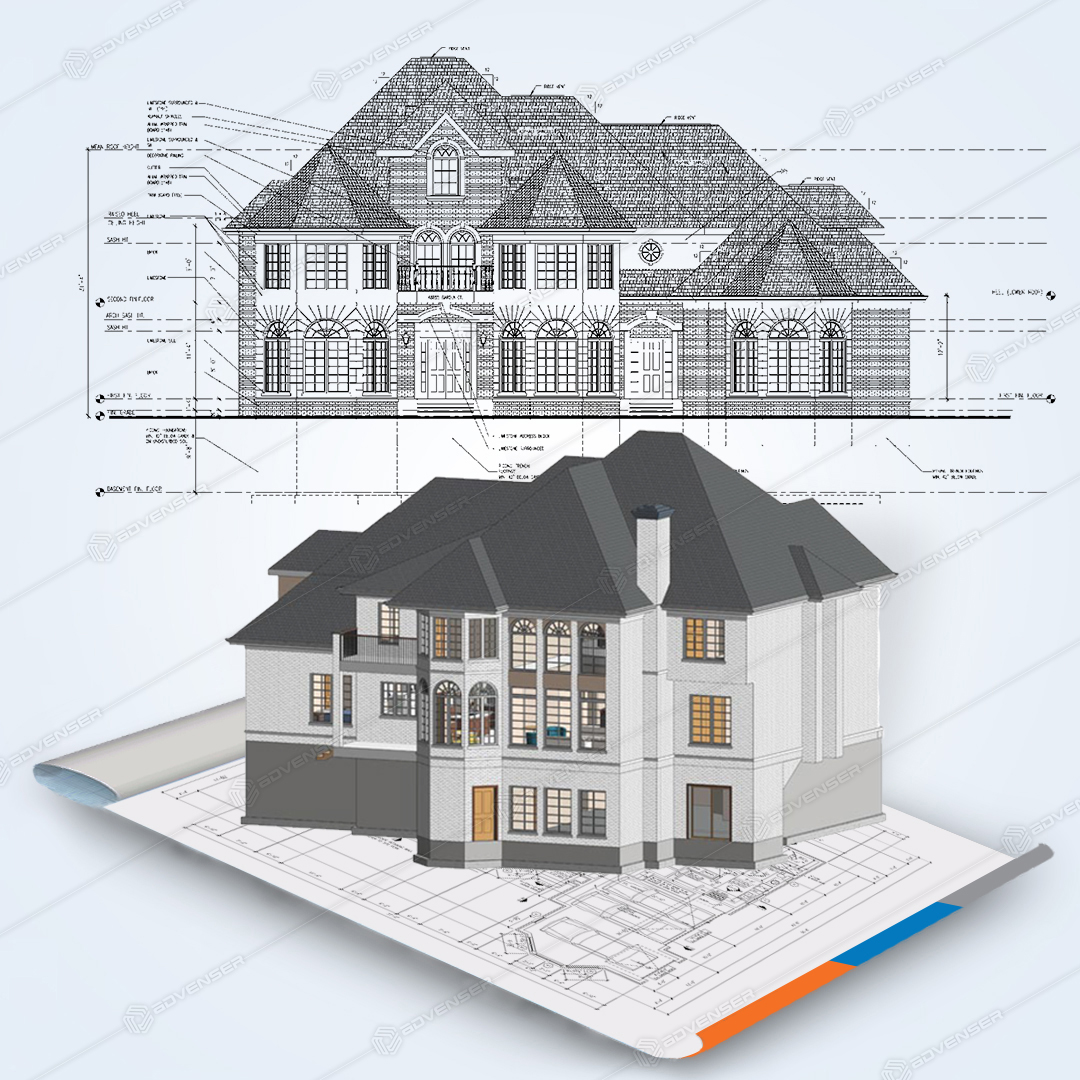By the beginning of the 20th century, the global population was on the rise, and thriving economies were investing large chunks of money into much-needed infrastructure development projects.
The Dwindling Efficiency of the Construction Industry – The Primary Concern!
The tremendous growth of the construction industry as portrayed may give one an impression of high efficiency, but that’s not quite the case. According to Bent Flyvbjerg of Saïd Business School at Oxford University, 90% of the world’s infrastructure projects are late or have budget overruns. This clearly says that for decades, construction has lagged other sectors in productivity performance.
When big money is invested in a project, it calls for finding ways to enhance the productivity, efficiency & ROI of the project, and there was indeed an opportunity for a step-change in the construction industry too.
Prefab Construction – The Answer to the Dwindling Efficiency of the Construction Industry!
Among the many solutions that were proposed, the most effective one was to shift most of the building activity off-site. This proposed off-site method had a lot of advantage such as
- Efficiency & Predictability
- Safety
- Eco-Friendly methods of building
- Meaningful cost savings
- Smaller workforce
With the onset of BIM, things started taking a decisive turn in the construction industry. The waves of change did hit the prefab building industry too. Better coordination and a shared project environment offered by BIM greatly enhanced the productivity in the precast industry, making BIM unarguably the answer to constructing prefabricated structures without budget or schedule overruns.
Now that you have an idea of how potent Prefab construction is, we’ll have a sneak peek into how prefab construction is the big thing happening in the present day construction industry.
#1 Accelerates projects by almost 50%
Prefab construction indeed requires a significant shift in mindset & practices compared to the traditional building methods. Still, prefab construction can reliably accelerate a project completion time without compromising on aesthetics & strength of structures.
Let us have a more in-depth look into how prefab construction saves time
-
Save 15% design time using libraries:
With the widespread use of prefab methods, many design companies are creating libraries of prefab design for the manufacturing process, which can considerably reduce the design time. Using these modular libraries can save almost 15% of design time.
-
Reduced complexity of foundations:
In a typical modular construction project, the time taken to build a foundation is considerably lesser than what it takes in a traditional building. Since modular building components are made with materials that are lightweight (without compromising on the strength), building foundations can be less complicated and smaller in size, saving time.
-
Lean practices in off-site manufacturing:
Unlike a traditional building process, the lean methods of off-site fabrication are faster. Because of the factory environment, efficient labor & increasing levels of automation factories can churn out prefab building components at a faster rate. While the building parts are manufactured, off-site simultaneously building foundations can be made on-site parallel saving time.
-
Fast & easy assembly at the site:
Assembly of the prefabricated modules can be done quickly at a location without much labor. On average, a team of 5 workers can assemble 280 square meters of finished floor area on a day.
#2 Reduces construction cost by almost 30%
If done correctly, prefab construction can save nearly 30% of construction costs. Let’s see how it works
-
By using repeatable designs:
With the rapid advancement in technology and widespread use of modular construction, the industry has adapted itself to creating repeatable designs that can be used and modified multiple times. Using repeatable design is likely to bring the design costs down.
-
By reducing overhead costs:
Overhead costs in a prefab project are almost negligible when compared to the traditional on-site construction. Accelerated project schedules in a prefab project lessen the overhead costs considerably.
-
By incorporating lean methods of fabrication off-site:
In a prefab project, building assemblies are fabricated off-site. Due to the sheer amount of automation, incorporation of lean principles & usage of intelligent tools, off-site makes the entire production highly efficient. An overall reduction of 10% on the materials used can be achieved.
-
Integrated Process:
Unlike the traditional building process were there involved a subcontractor in the prefab building process; there isn’t a need for one. This directly has a positive impact on cost as their profit margin can be omitted.
#3 Reduced lifecycle cost
In the case of looking at the expense of a building, we must consider its lifecycle cost. In prefab construction, since the building components are all manufactured off-site, there would be an increased precision of construction, which can positively affect the lifecycle cost of a building. On average, a prefab building consumes 25% energy than a building constructed using the traditional method would.
A look into the momentum the prefab industry has had in the US & UK
After the second world war, there was a massive demand for speedy reconstruction and social housing. Modular construction was the sole answer to the problem in hand, and it began gaining traction. Between 1945-1950 in the US & during the 1960s in the UK, modular construction had gained its momentum and was going in full swing.
The industry was thriving in the US, and at the end of the 1940’s the supply and demand began to even out, so do the popularity of the prefab industry waned out. In the case of the UK, it was the tragic incident of 1968 where the Ronan Point apartment tower in East London (Which was a prefab structure) in the UK collapsed, killing 17 & injuring four that raised concern over the safety of prefabricated buildings and the industry started declining.
The present scenario of the Prefab industry in the world
The winds have changed in the US & UK, and the prefab industry has begun to gain momentum. With the rise in population, both the US & UK have extreme shortfalls in hous¬ing supply and a labor crunch.
It is estimated that the United Kingdom alone needs to add 300,000 units per year to keep up with the demand for housing. That hasn’t quite happened, and they haven’t crossed 200,000 units since the 1970s. The regular annual shortfalls have led to an estimated UK backlog of one to two million homes.
Though the prefab industry remains fluctuated in the US & UK, it is gaining momentum in other countries. For instance, in Japan over the last decade, the prefab industry in Japan has capitalized on synergies with other manufacturing industries. Especially the modular buildings that are costly and made with a focus on being earthquake resistant.
In the case of Sweden, where daylight is less, the traditional methods of the building were drastically affecting the efficiency of the construction industry. Switching over to prefab construction was the logical alternative, and Sweden is doing that. It is estimated that currently, 85% of new homes in Sweden are built using some form of industrial construction.
The Prefab construction is here to say this time!
Unlike the previous times where the industry has had a fall from heights, this time, it is here to stay. The reasons for which are many
- The radical change in modular construction proposition due to digitization.
- Sustainable modular designs
- Optimization of logistics
- Just in time delivery on site
- The onset of Building Information Modeling (BIM)
Apart from these reasons, most prefab construction companies are challenging the preconceptions of prefab housing as low-quality, prompting a change in consumer perceptions. Most of these companies are even offering high-end homes, often with a modernist look and an emphasis on sustainability.
With the global population on the race, the housing demands of most economies remain unmet. Clubbing in the relatively scarce construction labor makes prefab construction the sole answer!








